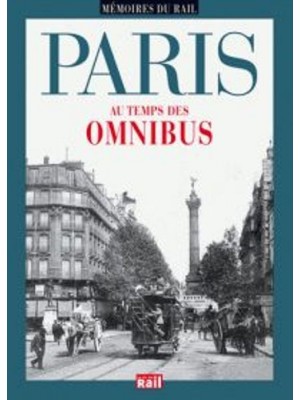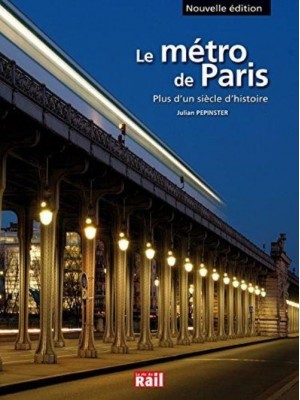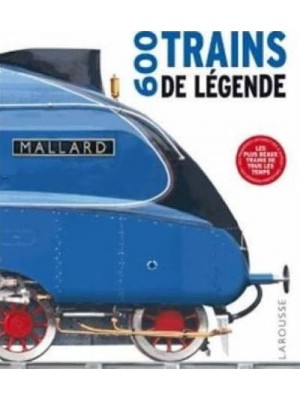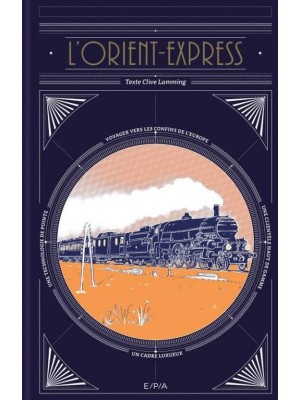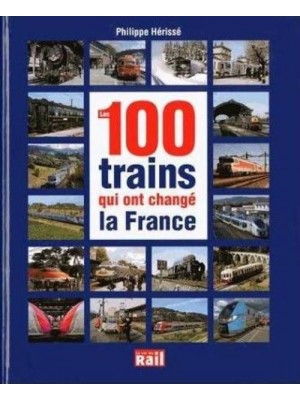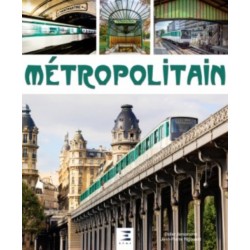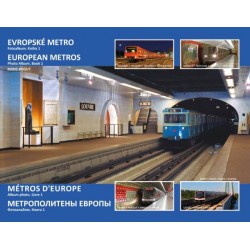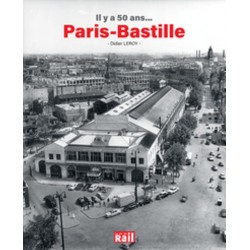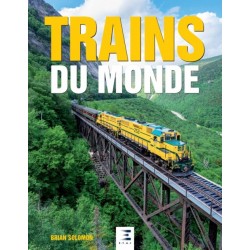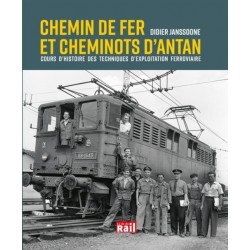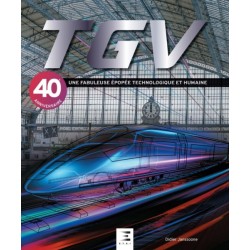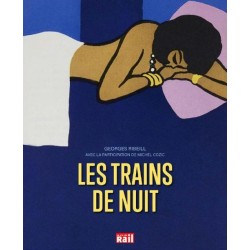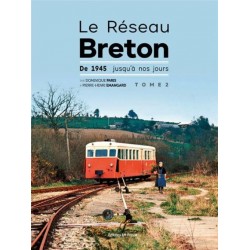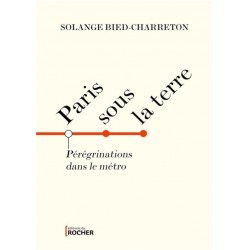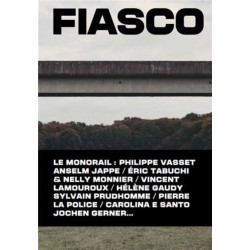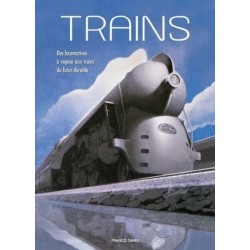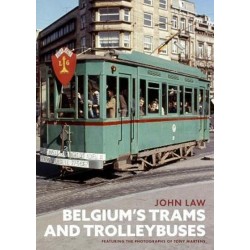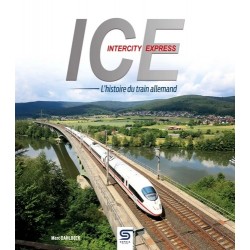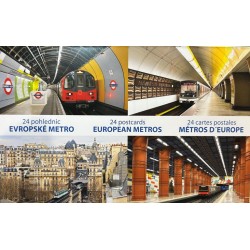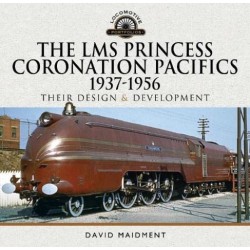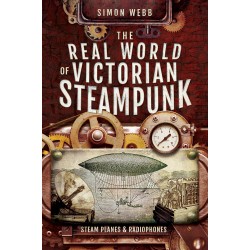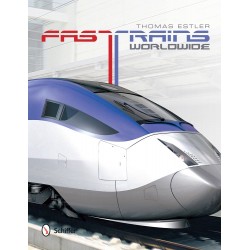Aucun produit
Librairie passion Automobile, 83 rue de Rennes, 75006 Paris (Métro, stations Rennes ou Saint-Sulpice) 01 45 48 15 14
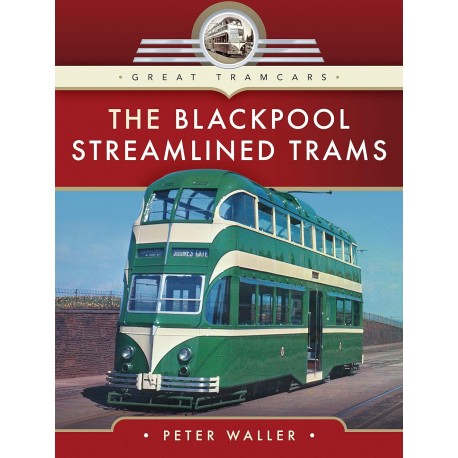 Agrandir l'image
Agrandir l'image
THE BLACKPOOL STRAMLINED TRAMS
In the early 1930s the tramcar in Blackpool was at a crossroads; the system needed investment in both new track and new trams whilst there was a serious threat that the 'town' routes - as elsewhere in Britain as operators faced the same challenges - might have been converted to bus operation. The appointment of Walter Luff as the new general manager was, ...
Référence 11_6014
Fiche technique
| EAN13 | 9781526709042 |
| Editeur | Pen and Sword |
| Langue | Anglais |
| Auteur(s) | Peter Waller |
| Date de parution | Octobre 2023 |
| Nombre de pages | 152 pages |
| Format | 22 x 28.5 |
| Couverture | relié sous jaquette |
| Photos | env. 250 documents et photos |
En savoir plus
In the early 1930s the tramcar in Blackpool was at a crossroads; the system needed investment in both new track and new trams whilst there was a serious threat that the 'town' routes - as elsewhere in Britain as operators faced the same challenges - might have been converted to bus operation. The appointment of Walter Luff as the new general manager was, however, to prove a turning point. Working closely with English Electric, based in nearby Preston, Luff developed a series of streamlined trams - both single-deck and double-deck - that were to revolutionise the town's tramway. By the end of 1930s, the corporation had acquired more than 100 new trams - the majority built by English Electric but with 20 coming from Brush - that ensured the survival not only of the key route along the Promenade to Fleetwood but also of the bulk of the 'town' routes. Over the next 70 years these trams were to form the cornerstone of the Blackpool system. Almost from the start, when a number were modified to cater for the changed requirements during the Second World War, many of the trams were rebuilt - into the power cars that worked with the trailers, for example, or the one-man operated cars of the early 1970s - that extended their lives and saw them outlast more modern designs. It was only with the modernisation of the Blackpool system in the first decade of the 20th century that, finally, they became largely obsolete but still, as part of the heritage fleet, they remain very much part of the contemporary Blackpool scene. This book examines the history of Blackpool's streamlined trams of the 1930s from development through to preservation.
30 autres produits dans la même catégorie :


